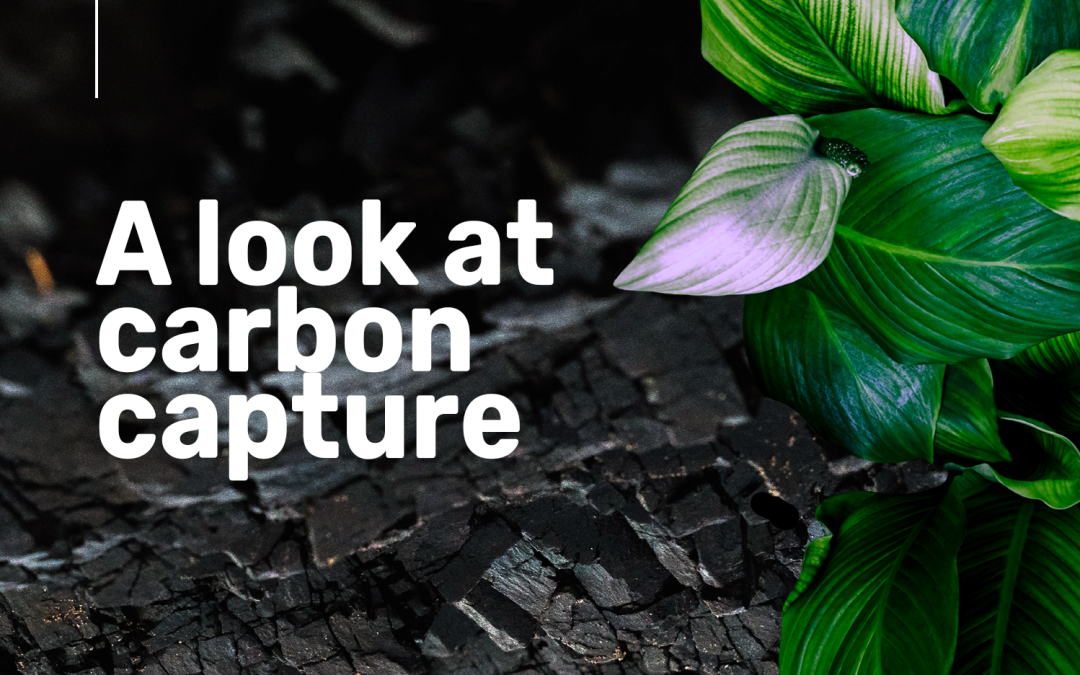A look at carbon capture
The European Union is always looking to support the development of new technology and practices which help bring Europe closer to its goals of carbon neutrality and sustainability. As a part of several broader environmental initiatives, the EU has begun investing in the concept of Carbon Capture.
Officially called Carbon Capture and Sequestration (CCS) or Carbon Capture and Utilisation (CCU), it is a straightforward concept, removing CO2 from our air and either storing it or reusing it productively.
In practice, carbon capture involves capturing and separating CO2 from other gases at its source, whatever that source might be. From there, the captured CO2 is transported (by pipeline or tanker truck) and placed into storage, typically far away from atmosphere to reduce risks of leaking. This captured carbon can either remain in storage or alternatively be used in variety of sustainable ways, ranging from carbon neutral fuel production by converting it to ethanol or methanol, mineralization into useful minerals, and even to making algae-based biofuel. These diverse applications have brought carbon capture to the forefront of the EU’s goal to transition to a green economy.
What does the EU want?
The Commission’s 2050 long term strategy for dealing with climate change and its effects includes carbon capture as a primary tool to achieve climate neutrality. The wide range of applications, including the creation of sustainable fuels offered by carbon capture fits in perfectly with the EU’s new and existing renewable energy initiatives.
The production of fuel through CCS/CCU is directly encouraged through the Commission’s Renewable Energy Directive as well as through its European Strategic Energy Technology Plan (SET), which focuses not just on the deployment of CCS/CCU, but on developing innovative and new technologies which improve or find new uses for captured carbon. Ideas which prove especially innovative are eligible for special funding. The high potential for projects and ideas has already secured support in several EU funding schemes, including the Innovation Fund, Connecting Europe Facility (CEF), the Just Transition Fund (JTF), as well as others.
Carbon removal will play an increasingly important role in the future landscape of European energy production, and the Commission is doing all it can to stimulate private and public efforts for such projects. The wide range of funding opportunities make right now the ideal time to apply for carbon capture and other green energy projects.
To learn more about expanding your opportunities for project funding, contact EUFUNDINGHUB !
EU funding news and articles. All new articles in one place!
Do you want to read all the articles ahead ? Subscribe now and receive our online magazine each month!


Recent Comments